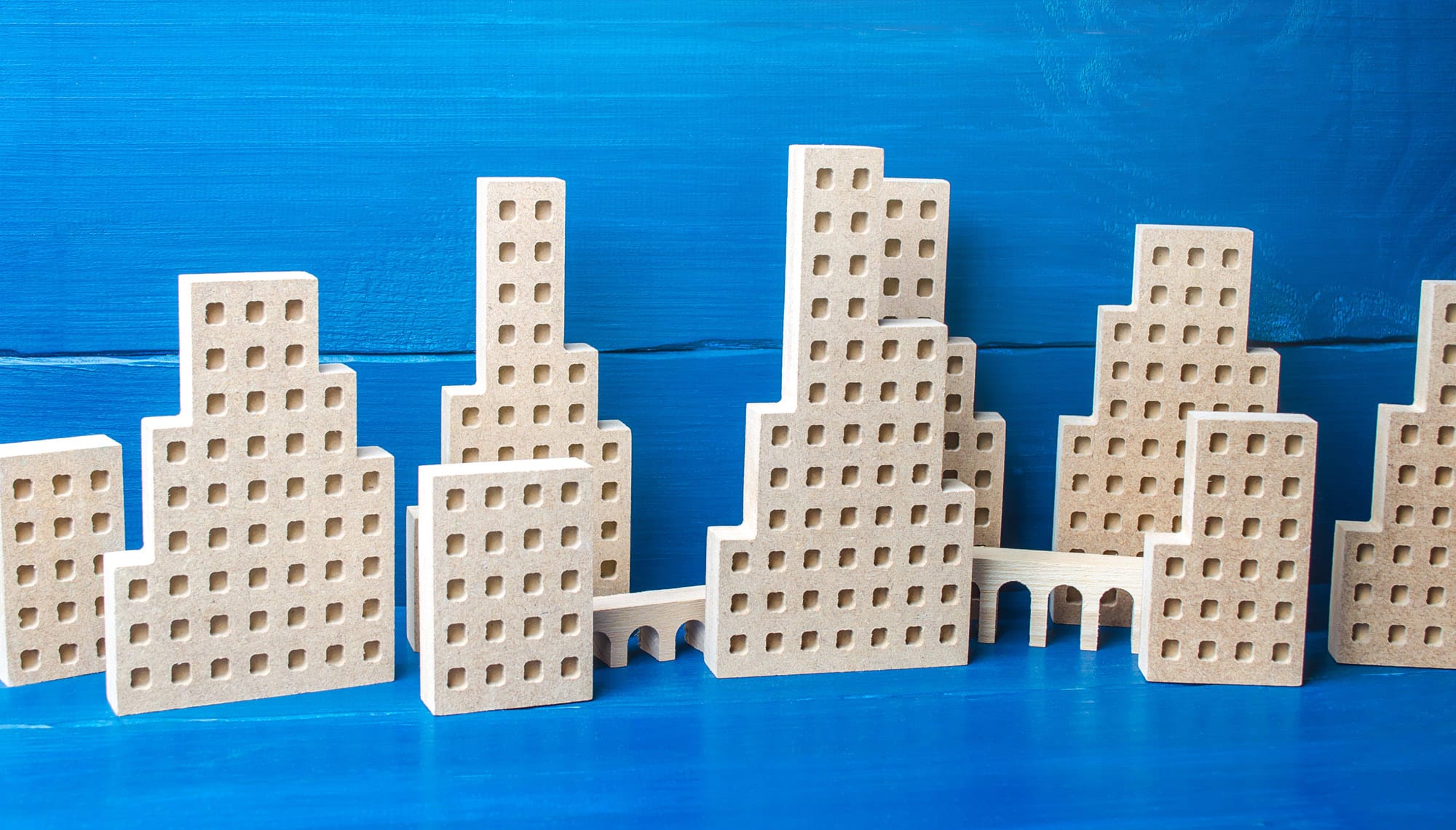For decades, the Australian dream was clear: a quarter-acre block, a standalone home with a backyard, and the sense of space and ownership that came with it.
But like so many other aspects of life, this vision is evolving, driven by changing demographics, economic pressures, and shifts in lifestyle priorities.
Whether you are a homebuyer or a property investor, it’s important to know the type of property that will be in continual strong demand in the so let’s dive deeper to understand what’s really driving the changes in our housing preferences.

A move away from the quarter-acre block
The traditional Australian dream of a standalone house with a sprawling backyard is no longer the only aspiration for many Australians.
While it remains a goal for some, especially families, there’s a noticeable shift towards higher-density living options.
Apartments, townhouses, and mixed-use developments are gaining popularity, particularly in urban areas where land is scarce and prices are high.
This trend is largely driven by several factors:
- Affordability: As property prices continue to rise, especially in our capital cities, the standalone house is increasingly out of reach for many first-home buyers.
Higher-density housing options offer a more affordable entry point into the market.
- Convenience: There’s a growing desire for convenience and proximity to amenities. Many Australians are prioritizing shorter commutes, access to public transport, and closeness to lifestyle facilities such as cafes, shops, and parks.
More of us want to live in a 20-minute neighbourhood where you are a short walk, ride or drive from all the facilities you require.
This has led to a preference for locations near city centres or within well-connected suburban hubs.
- Changing Demographics: As Australia’s population ages, and with more single-person households and young professionals entering the market, there’s a demand for smaller, low-maintenance living spaces.
This demographic shift is contributing to the rising popularity of apartments and townhouses.
Interestingly, there’s also been a notable shift towards regional and lifestyle locations, a trend that accelerated during the COVID-19 pandemic as remote work became more common.
The ability to work from anywhere has given Australians the freedom to choose homes based on lifestyle preferences rather than proximity to work.
However, there has been a shift back towards the big capitals from regional locations and only those with an hour or two drive of the CBD, which allows a commute to work a couple of times a week, remain popular.
Sustainability and smart living
Another significant trend is the growing emphasis on sustainability and smart living.
Australians are becoming more conscious of their environmental footprint, and this is reflected in their housing choices.
Energy-efficient homes, sustainable building materials, and features like solar panels and water-saving devices are increasingly in demand.
Additionally, the rise of smart home technology is reshaping how Australians interact with their living spaces.
From smart lighting and heating systems to security features and home automation, there’s a growing expectation for homes to be tech-savvy and adaptable to modern living needs.
It's essential for investors to keep abreast of demographic trends.
A great way to do this is to subscribe to the Demographics Decoded podcast with leading to demographer Simon Kuestenmacher and Michael Yardney.
You can do that on your favourite podcast app or here.
Understanding demographics, how many of us there are, how we want to live and where we want to live will give you insights into the type of property that will be in continuous strong demand in the future.
Then, focus on location and lifestyle - the demand for convenience, lifestyle, and connectivity is only set to grow.
Properties near transport links, amenities, and lifestyle hubs will continue to perform well.
Conclusion
The Australian dream is evolving, and with it, the property market is undergoing significant shifts.
As investors, understanding these trends and adapting to the new landscape will be crucial for success.
While many investors look at data, this is really looking in the rear vision mirror.
On the other hand, the team at Metropole not only look at past data but in particular look at future trends such as employment growth, which leads to wages growth, which in turn leads to population growth and rising property values.














